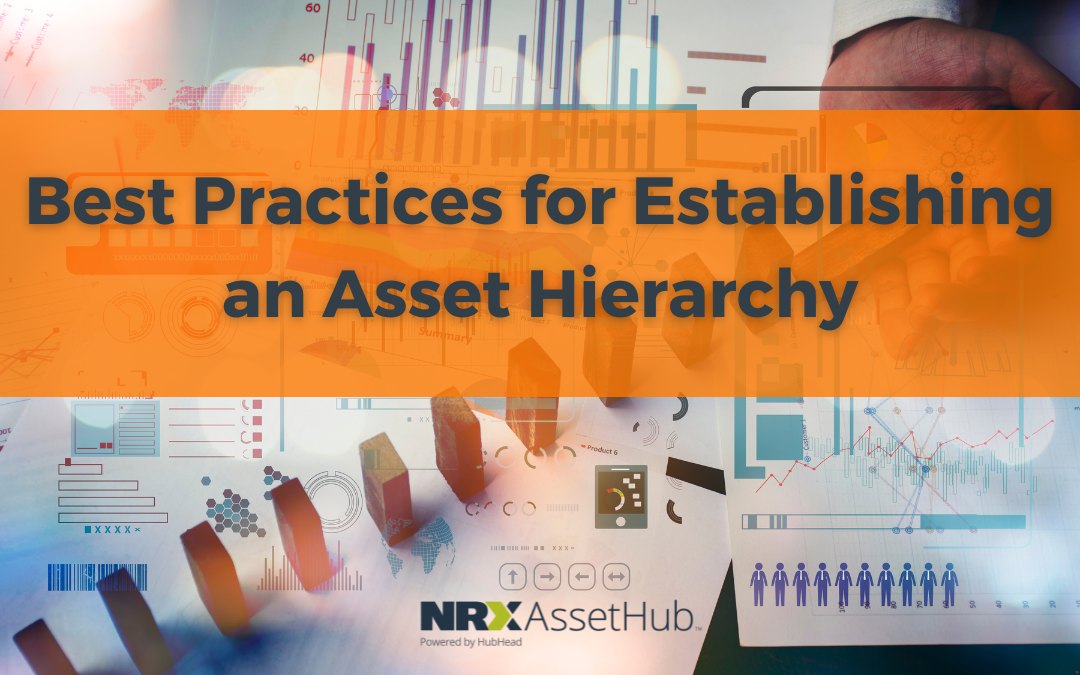In the world of asset management, establishing a well-structured asset hierarchy is crucial for businesses to effectively manage and maintain their assets. An asset hierarchy provides a systematic framework that categorizes assets based on their characteristics, relationships, and organizational needs. In this blog post, we will explore the steps and best practices involved in creating an asset hierarchy, including defining levels, establishing naming conventions, and structuring the hierarchy to maximize efficiency and productivity.

Step 1: Define Levels and Categories:
The first step in establishing an asset hierarchy is to define the levels and categories that align with your business objectives and operational requirements. Start by identifying the broad asset categories that make sense for your organization, such as equipment, facilities, vehicles, or IT assets. Within each category, determine the subcategories that provide more granular detail. For example, under the “equipment” category, you may have subcategories like machinery, tools, or computers. Defining these levels and categories helps organize assets in a logical and intuitive manner.
Step 2: Establish Naming Conventions:
Consistent and meaningful naming conventions are essential for easy identification and retrieval of assets within the hierarchy. Develop a naming convention that is descriptive, standardized, and easy to understand. It should include relevant information such as asset type, location, and unique identifiers. For example, using a format like “Category_Location_SerialNumber” can provide clear identification. Consistency in naming conventions ensures uniformity across the asset hierarchy, reducing confusion and enhancing searchability.
Step 3: Consider Relationships and Dependencies:
Assets within an organization often have relationships and dependencies with each other. When structuring the asset hierarchy, it is important to account for these relationships. Identify parent-child relationships between assets and establish a hierarchical structure that reflects these dependencies. For example, if you have a manufacturing plant with different production lines, the production lines would be the parent assets, while the individual machines or equipment would be the child assets. Understanding and representing these relationships helps in maintenance planning, resource allocation, and decision-making.
Step 4: Seek Input and Collaboration:
Creating an effective asset hierarchy requires input and collaboration from various stakeholders across different departments. Involve relevant teams, such as operations, maintenance, IT, and finance, to gather insights and ensure that the hierarchy meets the needs of the entire organization. Consider conducting workshops or meetings to collect feedback, address concerns, and gain consensus. By involving stakeholders, you foster a sense of ownership and promote a more comprehensive and inclusive asset hierarchy.
Step 5: Leverage Technology and Automation:
Utilize technology and automation tools to streamline the process of establishing and managing the asset hierarchy. Enterprise asset management (EAM) systems or computerized maintenance management systems (CMMS) can provide a centralized platform for organizing, categorizing, and visualizing assets within the hierarchy. These systems often offer features such as drag-and-drop capabilities, mass import/export, and reporting functions, which can significantly simplify the hierarchy creation and maintenance processes.

Establishing an effective asset hierarchy is a foundational step towards optimizing asset management within an organization. By following these best practices, including defining levels, establishing naming conventions, and considering relationships, businesses can create a well-structured asset hierarchy that enables efficient asset management, enhances decision-making, and promotes operational excellence. Remember, an organized asset hierarchy is a valuable asset in itself, providing the foundation for success in asset-intensive industries.
Want to Establish Your Own Asset Hierarchy?
HubHead’s benchmarking service can provide valuable support. Our experienced consultants have helped numerous companies achieve excellence through comprehensive benchmarking analysis that leverages various benchmark types.
Contact us today by following the links below to download our brochure or book a meeting with one of our consultants.

Maximizing Equipment Reliability and Uptime: How Benchmarking EAM/CMMS Performance Can Give Your Company a Competitive Edge
Working Smarter, Not Harder: Strategies for Improving EAM/CMMS Performance Based on Benchmarking Results
Revamping Maintenance Processes: How Benchmarking Boosts Efficiency
Share this article




